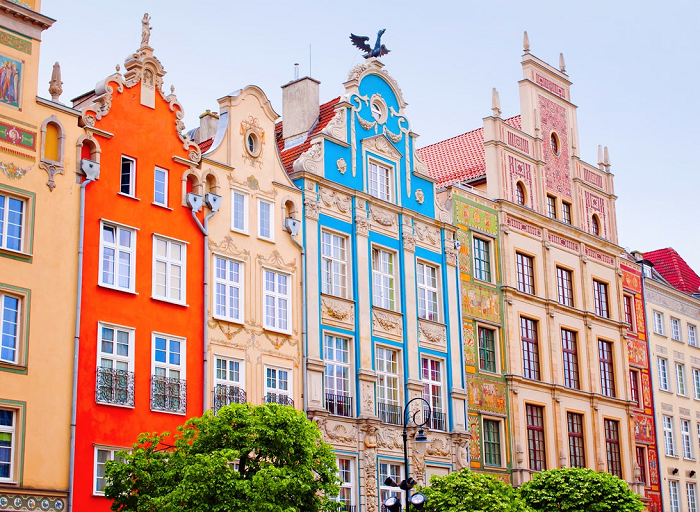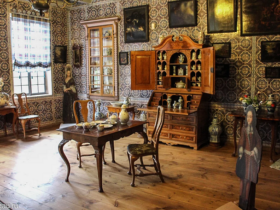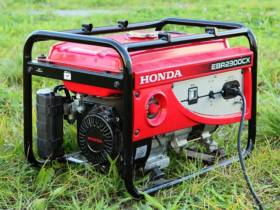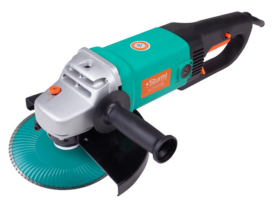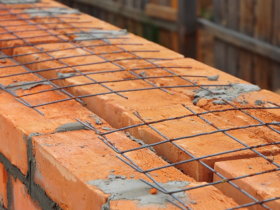Heating with individual gas boilers. Steel pipes and radiators. Nowadays, metal-plastic heating pipes are being used. Combination gas boilers – heating water for taps and heating.
Either one or the other works: if you wash in the shower, the house doesn’t heat up. The boiler is controlled from a thermostat, which is located in the living room and is connected to the boiler by special wires laid in the wall.
By the way, gasification is widespread in the Netherlands. The country has its own gas field, and since the 70s everything has been powered by gas. This is a separate topic. I will try to write a special post about this. Interestingly, the gas is also carried through polypropylene pipes.
All electrical wiring is copper. The wires from the 80s are exactly the same as they are used now (2.5 mm2). Everything was laid exactly from the 80s in the same yellow plastic tubes as now (in the 80s they were walled up in reinforced concrete at the factory). So, in principle, if necessary, the wires can be pulled out and replaced. To be honest, this doesn’t always work. Apparently, due to bends somewhere, the wires get stuck in some cases. For example, I replaced the television cable at home with a LAN cable in this way, but the one that goes from the gas boiler to the thermostat could not.
Another “by the way”, all communications on the street are laid underground and are nowhere visible from the outside: electricity, gas, water, internet. It’s worth writing a separate post about the Internet and means of communication.
